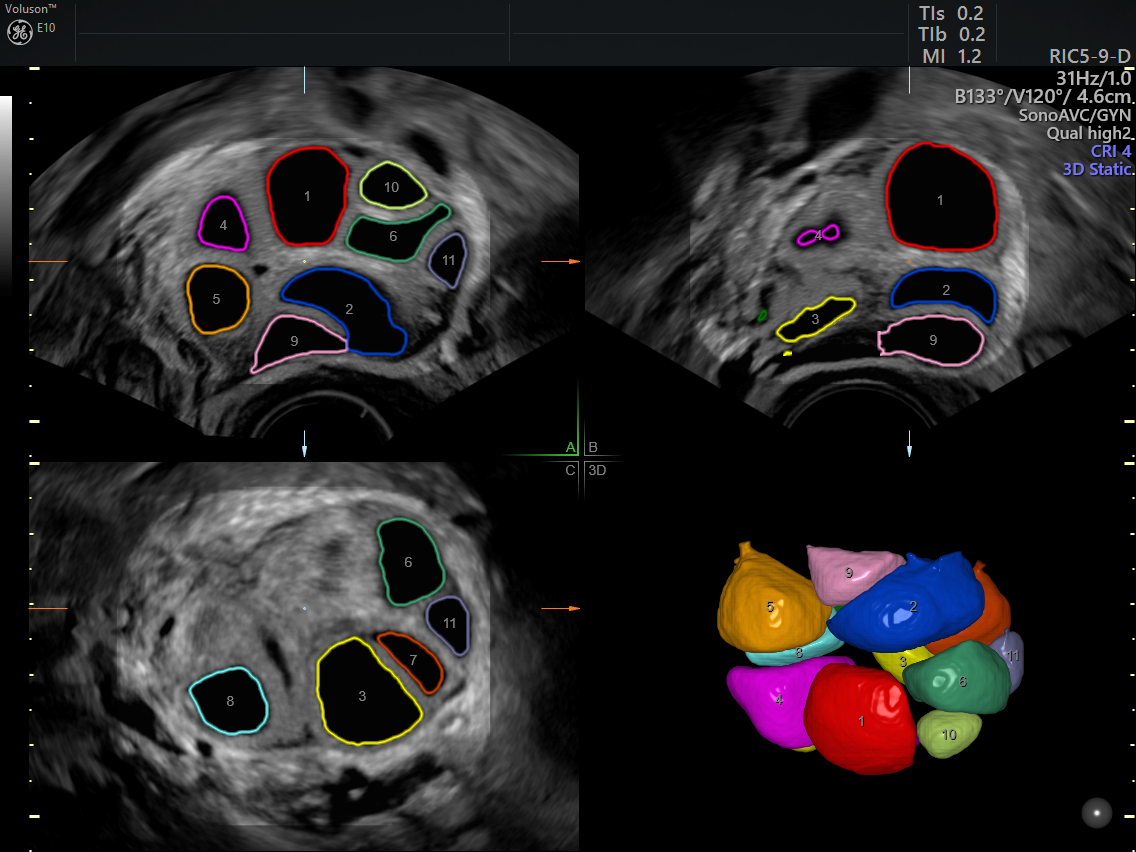Early menopause, defined as menopause that happens between the ages of 40 and 45, occurs in about five percent of women, while premature menopause, which occurs before age 40, affects one percent of women.
Risk Factors and Causes of Early Menopause
According to the U.S. Office on Women's Health (OWH), early and premature menopause are only differentiated by the age of onset, and the causes are not well-defined. The OWH identifies the risk factors for both premature and early menopause as a family history of this condition, smoking, chemotherapy and pelvic radiation. A hysterectomy in which the ovaries are not removed may also cause menopause to come earlier than expected by a year or two. Some health conditions, such as autoimmune or immune disorders, can compromise the health of the ovaries, as do some chromosomal anomalies and chronic fatigue syndrome. Women who have their ovaries removed will experience menopause almost immediately.
The symptoms of premature or early menopause are the same as menopause that occurs at an expected age. These symptoms may include irregular periods, hot flashes, night sweats, cold sweats and palpitations, but none of these symptoms can be used alone to diagnose menopause.
Testing for Menopause
In 2015, the National Collaborating Centre for Women's and Children's Health published a full guideline for diagnosing and treating menopause. A guideline development group reviewed 21 studies and determined the usefulness of individual tests for diagnosing menopause. The guide outlines which tests were and were not found to be useful, as well as which symptoms can be considered when diagnosing menopause, although it stresses the need for individualized care.
Addressing the Concerns of the Early Menopause Patient
Early and premature menopause are rare, and many women may not recognize that they are having symptoms of being perimenopausal. Because women's menstrual cycles often change throughout their lives, as well as in response to medications, stress and childbirth, patients sometimes dismiss these changes. For these reasons, it's important to review each patient's menstrual history at her annual exam and to listen carefully if she has concerns about any changes she has experienced.
If a woman is found to be perimenopausal at an early age, especially if she intends to have children, it may be helpful to offer follow-up testing such as a transvaginal ultrasound for antral follicle count or ovarian volume in order to further assess her fertility.

Automated Follicle Count with SonoAVCfollicle
Women who are not planning to have children should be counseled on birth control methods, since pregnancy may be possible until up to one year after the patient's final menstrual cycle.
To help education GYN patients on premature and early menopause, gynecology practices should offer written materials for perimenopausal and menopausal women explaining the most common symptoms, as well as treatment options for these symptoms. Practitioners should also be prepared to discuss hormone replacement therapy (HRT), as well as its short- and long-term side effects.
The role of HRT has been debated, with its use rising and falling according to the latest research. Each patient should be educated about the known and contested benefits and risks of HRT so that she has enough information to weigh these risks and benefits. Women who are experiencing early or premature menopause should be assessed differently for risk since they may already have a medical or family history that contraindicates the use of HRT.





